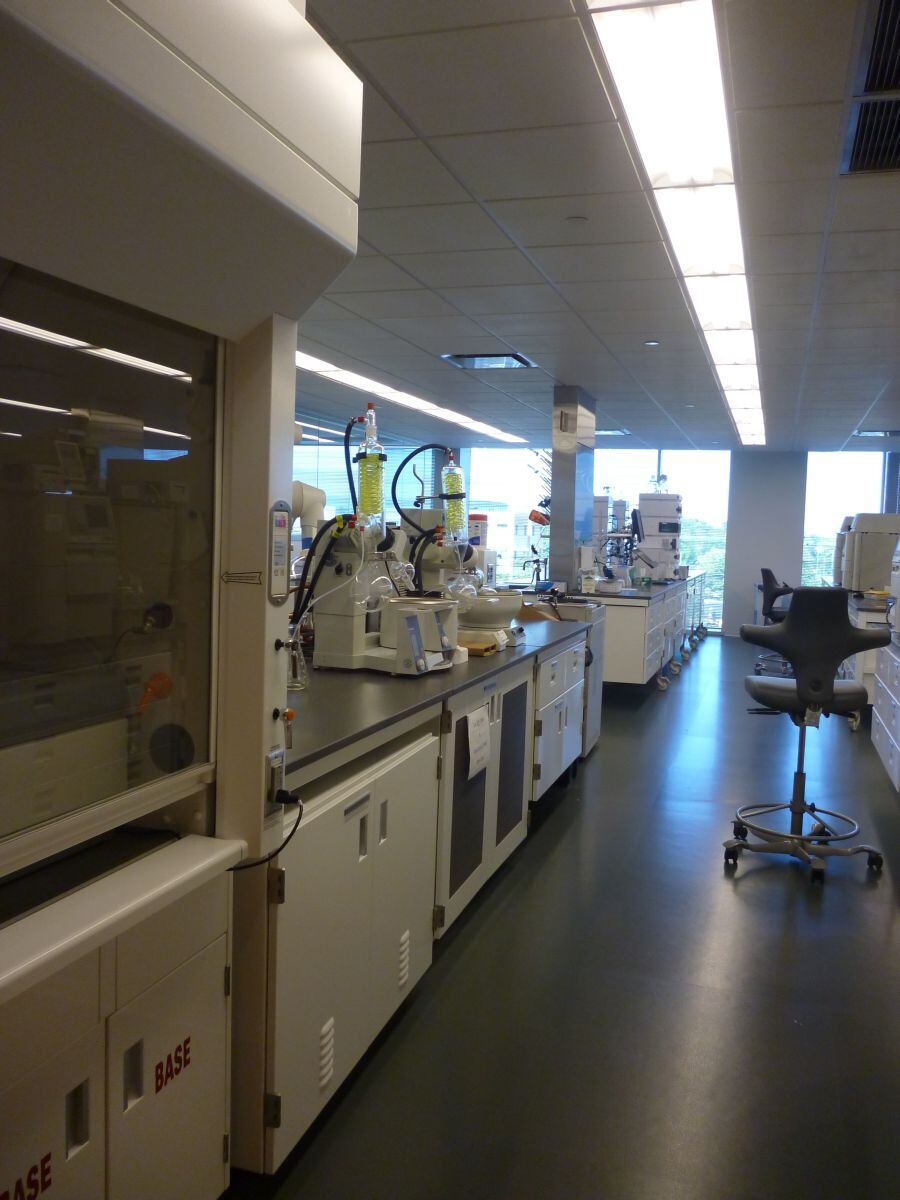But with corn and soy prices heading north again; cocoa, oil and sugar prices all over the place; and pressure to replace cost-effective additives, flavors and colors with more label-friendly ‘kitchen cupboard’ alternatives, meeting their demands is not easy.
So how can product developers reformulate their wares to keep everyone happy, including the finance director?
In the second part of our special edition on Reformulation for cost reduction, FoodNavigator-USA caught up with Tate & Lyle. (Click here for part one on commodities and food prices.)
We have several projects underway for guar gum replacement

Currently, there is a “lot of activity around hydrocolloids sourced from far off locales, which are often impacted by a variety of factors including weather, political instability, and erratic demand from non-food sectors”, observes Jim Miller, vice president global product management, Texturants, at Tate & Lyle.
“We have several projects underway for guar gum replacement due to volatility around new demand from oil field services. In particular, our MIRA-GEL 463 has proven to be an effective replacer for guar in bakery applications."
Gelatin is also high on our customers' list of ingredients to replace
Gelatin is also “high on our customers' list of ingredients to replace due to high prices and negative consumer perception”, he adds.
“Tate & Lyle has developed a series of solutions built around our proprietary MIRA-SET 285 STARCH to replace all or some of the gelatin in gummy confections.”
For firms looking to save cash and add fiber, Tate & Lyle’s Promitor soluble corn fiber “has been a great tool”, says senior food scientist Mary Kay Reynolds.
“It has a lower cost in use when compared with competitive fibers. With its low glycemic response, it is ideal for applications with “no-sugar-added” or “low-sugar” claims and can be used to partially or completely replace corn syrup or sucrose in combination with other sweeteners and enhance mouthfeel in certain applications.
“As a prebiotic fiber, it also formulates easily into a variety of products so you can cut calories, costs, and improve market positioning.”
Further down the line: Unfolding proteins… and unlocking value

While the technology is probably 18-24 months away from commercialization, Tate & Lyle also predicts that its tie up with UK-based Nandi Proteins could deliver exciting new texturizing products that can help customers save money, says John Stewart, open innovation manager.
The patent-pending technology, which re-arranges proteins to impart desirable physical characteristics or health benefits, could potentially help firms increase shelf-life, tackle taste issues, improve acid stability, and save money, he says.
“This is some very early stage protein ingredient technology that requires further development that could lead to a range of new food texturant ingredients. Due to the IP situation we are not disclosing any further information at this time.”
Customers tend to be conservative in their approach to formulation changes for successful brands
One challenge, says technical manager Manisha Lokre Chaudhuri, is that customers with large, successful brands, are understandably reluctant to meddle with tried and tested recipes, despite their desire to save cash or improve the nutritional profile of these products.
More often than not, notes Chaudhuri, “our customers tend to be conservative in their approach to formulations changes for successful branded products.
“When forced into changes because of necessity, whether it is processing, stability, microbiological, sensory or cost savings, the goal is to maintain the brand.
“Here we can bring in value for our customers through help with small adjustments and utilizing our sensory, applications and technical services to make certain the product maintains the desired characteristics.”
However, “with new product development and innovation projects, the goals can be quite different and here we can help shape development to create the best tasting, best texture product possible”, says Chaudhuri.
We can help them get results faster through a holistic approach

While food manufacturers can secure ingredients and applications advice from dedicated suppliers of stevia, sucralose, fibers or other ingredients, they are increasingly working with companies such as Tate & Lyle with expertise in multiple ingredients and applications in order to make multiple changes (add fiber, reduce sugar, save money), optimize recipes and get new or reformulated products to market more quickly, notes Chaudhuri.
“Value is so important to our customers who are often time and resourced crunched, they appreciate the fact that we can help them get results faster through a holistic support than if they tried to achieve formulating for these benefits on their own.”
We try to understand what our customers are trying to achieve
As senior product manager Rheem Lock, observes, the key is understanding what customers are trying to achieve.
“We can help optimize formulations to reduce costs, rebalance nutritional profiles by lowering calories and sugar or enrich a formulation with fiber to achieve single or multiple goals.”
